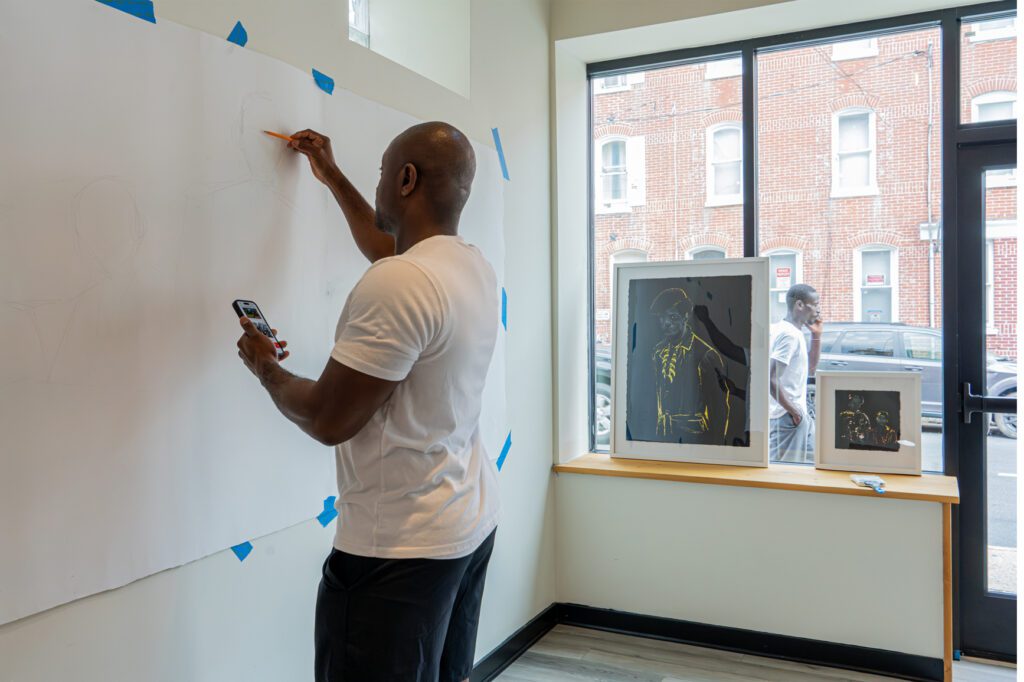The content introduces the topic of the representation of the military in visual arts. It highlights the historical perspective, starting with ancient war paintings, and discusses how artists throughout history have depicted the military. The content also examines the impact of modernism on the portrayal of the military, with artists like Picasso and Dix using their work to expose the horrors of war. It then explores the shifting paradigm in the representation of the modern military, with contemporary artists exploring themes such as PTSD and the impact of war on civilians. The conclusion emphasizes the importance of these representations in shaping our understanding of war and those who serve.
A Palette of Courage: Examining the Representation of the Military in Visual Arts
Introduction
The military has been a subject that artists have been captivated by for centuries. The bravery, sacrifice, and heroism associated with military personnel have provided a powerful source of inspiration for visual artists, who seek to capture and depict their experiences. From ancient war paintings to contemporary photography, the depiction of the military through visual arts has evolved with time, reflecting changes in artistic styles, political landscapes, and social discourses.
The Historical Perspective: Ancient War Paintings and Beyond
Throughout history, societies have celebrated military triumphs through art. Ancient civilizations such as the Greeks and Romans glorified military heroes through monumental sculptures and elaborate frescoes. These works served as both a testament to their conquests and as propaganda to inspire future generations of soldiers.
As time progressed, the portrayal of the military in art began to shift. Renaissance artists sought to capture the individual emotions and psychological tolls of war. Artists like Leonardo da Vinci and Michelangelo depicted soldiers not only as warriors but also as vulnerable human beings experiencing fear, pain, and fatigue.
The Changing Face of War: Modernism and Its Impact on Military Representation
The advent of modernism ushered in a new era of artistic expression, one that challenged traditional notions of representation. Artists like Pablo Picasso and Otto Dix sought to expose the horrors and futility of war through their works. Picasso’s iconic painting, “Guernica,” became a symbol of anti-war sentiment, depicting the devastation and suffering caused by the Spanish Civil War.
Similarly, Dix’s series of etchings titled “The War” provided a gritty and unflinching portrayal of the brutality and dehumanization experienced by soldiers during World War I. These artists used their talent to question the glorification of war, encouraging viewers to consider the real-life consequences and human costs.
A Shifting Paradigm: Representing the Modern Military
In the contemporary art world, the representation of the military has evolved to encompass a broader range of perspectives. Artists now explore themes such as post-traumatic stress disorder (PTSD), gender inequality, and the impact of war on civilians.
Artists like JR, a contemporary French artist, have used their work to shed light on the experiences of military personnel returning from combat. His project “Women Are Heroes” featured large-scale portraits of women whose lives were affected by war, highlighting their strength and resilience.
Similarly, the “Deployment Series” by David Jay focused on the hidden scars of war, capturing the vulnerability and emotional struggles of wounded soldiers. Through these representations, artists aim to challenge traditional notions of heroism and portray a more nuanced and complex understanding of military experiences.
Conclusion
The representation of the military in visual arts has played a significant role in shaping our understanding of war and its impact on individuals and society. From ancient war paintings that celebrated military triumphs to modern artworks that expose the grim realities of conflict, artists have used their creative skills to provoke thought, challenge conventions, and inspire dialogue. As we continue to examine and analyze the representation of the military in visual arts, we gain a deeper understanding of the courage, sacrifices, and experiences of those who serve.
